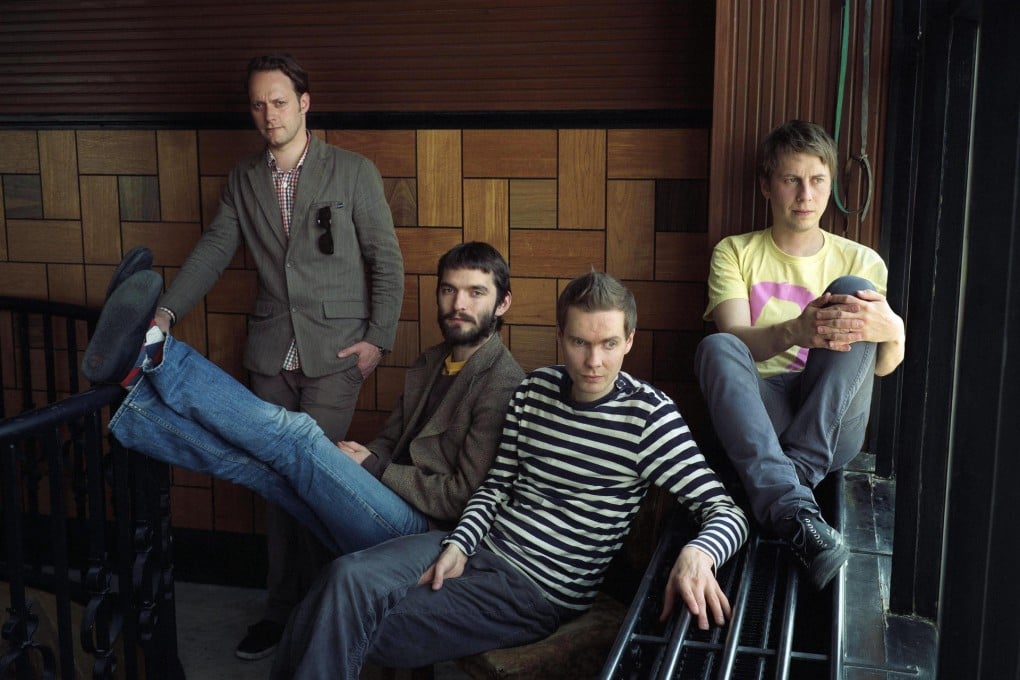Declaration of independence
An expanded Urbanscapes music festival opens fresh horizons for Malaysia's indie acts, writes David Frazier

Is there such a thing as Malaysian indie rock? Or indie culture? There is, but you may not have heard of it. Malaysia's music scene usually only makes headlines when conservative Muslims protest against the sexy outfits of visiting R&B singers. Outcries forced Beyonce to cancel concerts in the country in 2007 and 2009, while Rihanna, Avril Lavigne and the Black Eyed Peas have all had to cover up bosom, midriff and legs.
These controversies may be part of the country's cultural growing pains, but there is also a less-publicised transformation taking place in indie music, art, poetry and performance - metropolitan-based creative fields where Malaysia is quietly falling in step with the rest of the world. A festival dedicated to tying these movements together, Urbanscapes, will celebrate its 10th anniversary on November 24-25 in Padang Astaka, a park on the outskirts of the capital Kuala Lumpur.
Its headliners include Icelandic post-rock band Sigur Ros and Malaysian singer-songwriter Yuna, who is fast gaining indie cred in North America, where she completed an 11-stop tour last month. There will also be poetry sessions, art installations and four music stages with everything from hardcore to alt-folk to dubstep. Last year 14,000 people came for a single-day event. This year, the festival grows to two days and expects 20,000 or more.
"When the moral police complain, it's usually more to do with religion and sex. But if it's four guys with skinny jeans on stage, people don't really care," says Adrian Yap, Urbanscapes' founder and organiser.
Ten years ago, Yap was editor of , a culture and entertainment magazine for Kuala Lumpur. "When we started the festival, the idea was to feature as many creative talents as possible," he says. "I personally had a lot of interest in all these creative fields. It was a natural progression from the magazine. We said, 'If we're already featuring all these interesting people and events, why don't we have a one-day festival where we put everything together?'"
The first festival, in 2002, attracted about 1,000 people, but was a comparatively amateur affair and experienced problems with funding and general organisation. The second Urbanscapes came in 2004, but then it was not held again until 2008, when it finally gained a firmer organisational footing and managed to become an annual event.
